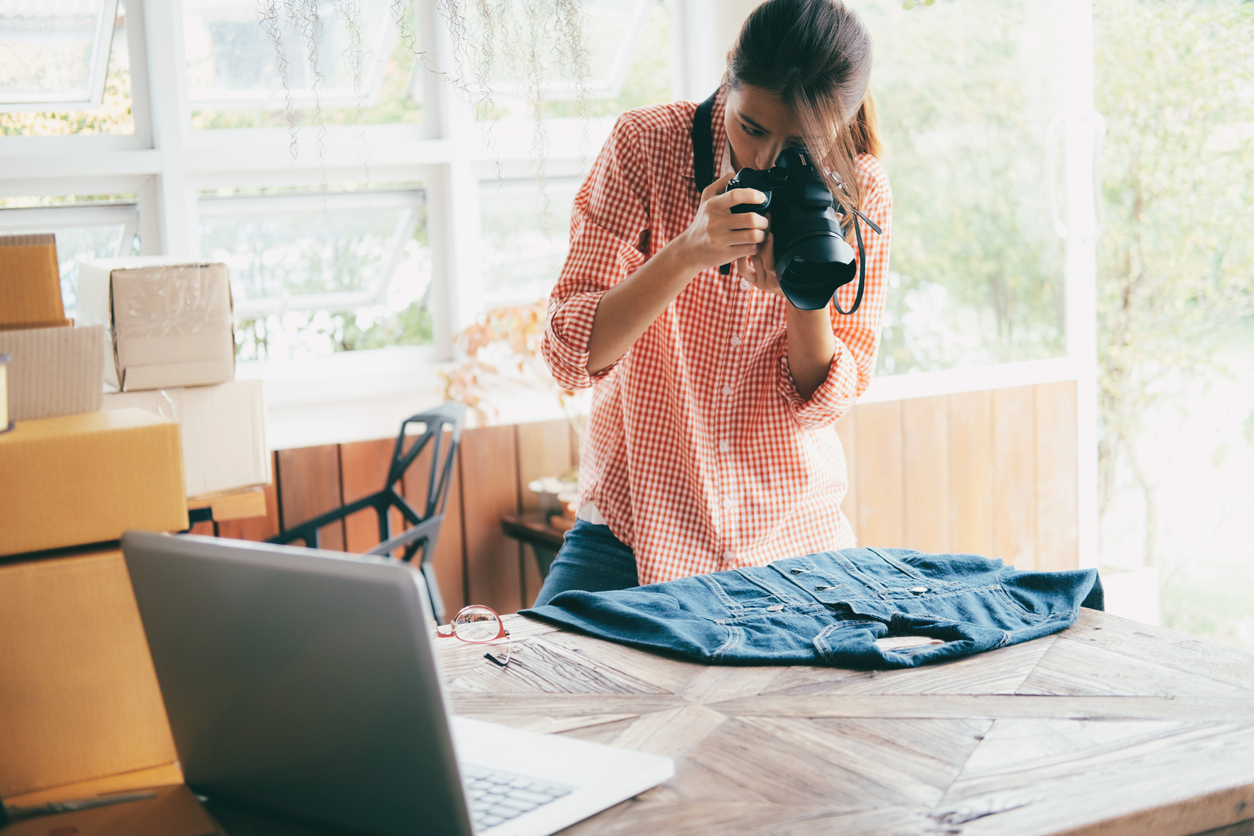It goes without saying that many consumers shop with their eyes. Sure, reviews left by people who already purchased the product are brutally honest and sometimes ruthless. But what closes the sale can often be the quality of the photo for the product you’re looking at and the sheer quantity of photos taken at different angles to see every square inch before you buy.
For those who sell their products online (nearly everyone) that shell out for the best photographer, they can get their hands on and know the importance of a good, high-quality image, move on to the next article. For the remainder of you, right here is where you want to be. Let us explain.
In 2019, the average attention span of an adult is 12 seconds. For millennials, (the ones who make up most of eCommerce shopping and sales) it’s a mere eight seconds. That means you have between 8 and 12 seconds to convert a consumer into a customer before they move on to your competitor that has the same product in a higher quality image.
Humans also tend to form opinions and impressions within seconds. This, again, tells you that you must show rather than tell the consumer that it’s your product that’s worth buying. Put your consumer shoes on and think about it. If you’re trying to find the best set of bedsheets on Amazon, are you going to choose the one with only one, blurry photo? Even if they are the best set, you probably still won’t buy them.
So, what actions can you take to drive more sales with better images?
Choose high-quality images.
Honestly, your website won’t be taken seriously enough if you have low quality, blurry, tiny images to showcase your merchandise. Even if they do show up high in search results, shoppers won’t be inclined to click on them, because nobody clicks on a blurry photo. Choose photos based on who your audience is and what their needs are rather than your preferences. Be sure the background is simple, the product you’re selling is the main focus and is NOT blurry, and isn’t too dark or too light. Also, be sure to show your product in as many angles as necessary.
Upload multiple images.
You have to build the customer’s trust, and there is data supporting the link in more images to higher sales. Having more images uploaded to show your product won’t leave any questions unanswered, and will help keep the buyer’s attention, as most people do scroll through all images available. The images are the closet the customer can get while shopping online. Say you’re selling a pair of shoes. You’ll want to include angles that display the shoe from each angle so the customer can see the side, the bottom, the top and inside the shoe. Think about it. You’re more than likely going to click on one website over another if it has more images. By the seller showing everything about the product, they’re saying they believe in it, and they hope you will, too.
Upload larger images.
Research shows people are more likely to buy a product that has larger images on display. This means the images are high quality enough to zoom in over each image for the customer to simply inspect each aspect of the product. This also makes the customer more in control of their decisions as they are able to interact on a higher level.
Add lifestyle photos into the mix.
If you choose to include lifestyle photos, you’ll drive more sales because the consumer will picture themselves using the product. Let’s say your product is a nonstick skillet. You’ll want to use photos of someone using that skillet in several different ways, like scrambling eggs, flipping pancakes, and maybe even someone washing it to show it’s easy to clean. The point is that if you simply upload a few photos of the skillet with a white background and nothing else, it won’t look user-friendly and the shopper won’t see how versatile is it.
If your product has different uses, show them.
Let’s say you’re selling a scarf that can be worn eight different ways. Instead of showing just one way, you’re better off showing each way it can be worn. The idea is you’re telling the shopper they’re getting a great deal and they’ll only ever need this one scarf because of its versatility.
Crop your images in closely.
As a general rule, you want your product to take up most of the canvas. Your customer isn’t shopping for a white background, so crop in the image as close as you can. And while we’re talking about backgrounds, as long as it’s not a lifestyle shot, keep it a simple white for fewer distractions.
Use keywords for each photo.
This doesn’t necessarily help with having a better photo, but it will help drive sales. Many SEOs upload their photos using the image name that came from the camera (IMG_001.JPG). By changing the name to, let’s say, “blue-bedsheets-500-thread-count,” your page has a better chance of showing up higher in the rank. The consumer might type that into the search bar. Not IMG_001.JPG. Use specific words that will help Google better understand what the photo is, and you’ll rank better.
Now that you’ve got some background on why better images increase sales, take these tips and ideas and apply them into your next photoshoot or update your current photos on your website. It’s not about having the best industry software and technology, it’s about asking the right questions that will get you to the right conclusion. You must ask yourself how to gain the consumer’s trust, and then your sales will increase.



